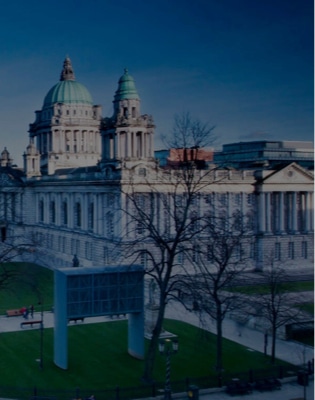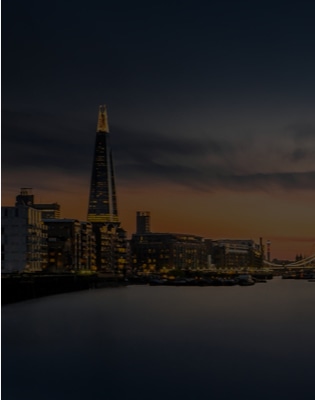Green Construction
It is estimated by the United Nations Environment Programme that the built environment accounts for about 40% of global energy use and approximately 30% of global energy-related greenhouse gas emissions, with 80% of these greenhouse gas emissions occurring in the operational phase of buildings being built due to the installation of heating, cooling, ventilation, lighting and appliances. Further, the International Energy Agency has advised that the cement industry alone produces about 7% of the world's greenhouse gas emissions.
As recognised in the European Green Deal and the United Nations Environment Programme, the construction industry has a significant and central role in achieving a carbon-neutral economy by 2050 and providing a sustainable circular economy. Investors and stakeholders in construction and property assets have an increased focus on efficient and sustainable construction practices in both the construction and operational phases of an asset, and are increasingly calling for dramatic changes in the construction industry.
To ensure continued investment in the construction sector, key stakeholders and agencies are responding with a number of important initiatives outlined further below.
During the construction phase there is an increased focus on:
- waste reduction
- water use reduction
- mandatory use of recyclable and reusable construction materials
- digitalisation of machinery and processes
- green construction transportation
- upskilling of the construction industry labour force to deliver nearly zero energy buildings
- green procurement.
The European Commission has also committed to review the Construction Products Regulation and public consultations are ongoing. Stakeholders can expect more rigorous enforcement of relevant legislation and codes.
Developers and employers are seeking to have their buildings certified with a green building certification:
- LEED certification (the American green building rating system)
- BREEAM certification (the English environmental assessment method)
Ireland has seen an upward trend in the number of certified green buildings. In 2020, Ireland had 100 LEED certified green buildings, 25% of which achieved the highest level of certification, LEED platinum.
As of September 2021, Ireland has 56 LEED certified green buildings and 18 buildings' certification currently still in progress.
Retrofitting of existing buildings is crucial if the construction sector is to achieve a carbon neutral economy in 2050. The reasons for this are outlined below.
- Existing buildings which remain standing in 2050 will be required to be carbon neutral. Currently almost 75% of building stock is energy inefficient and around 35% of the existing buildings in the European Union are over 50 years old. Analysis from the climate bonds initiative suggests that with major renovation, energy use by a building can be reduced by 50% and 80% (depending on the age of the building). In order to meet the Paris Agreement objectives, approximately 250 million homes across the EU will need energy renovations, at an annual home renovation rate of 3.4%, being almost three times the current European average.
- Carbon dioxide (CO2) emissions from the operation of buildings has increased to the highest level yet and accounts for nearly 55% of global electricity consumption with all of the associated CO2 emissions.
- As existing buildings contain embedded carbon, often the retrofitting of an existing building will be more environmentally sustainable than demolishing a building and rebuilding a new building, even where the new building is constructed to the highest energy efficiency standards.
Our Construction and Engineering team has considerable experience advising major contractors, developers and financiers on the current and future domestic and international trends, requirements in respect of sustainable construction, and the integration of new practices and requirements into their businesses and projects.
Experience
-
Advising developers and employers
on the inclusion of LEED and BREEAM certification requirements within development documents and other sustainable constructions key performance indicators.
-
Advising the owner of 76 Sir John Rogerson's Quay
in relation to the sale of the building, which obtained LEED v4 Gold certification.
-
Advising developers on the public realm strategy
for the development and integration of a new quarter including pedestrian linkages with greener spaces, bicycle connections with existing city links and redistribution of road space cutting down on vehicular use.
-
Advising on the financing of energy performance contracts
in respect of the Mater Hospital and St. James Hospital.
-
Advising an employer
on an office development seeking to obtain an International Living Future Institute Zero Carbon certification.
-
Participating in the Chancery Lane project
with members of the legal community to assist with drafting sustainable and climate aligned model clauses for integration into construction contracts, leases and finance documents.










